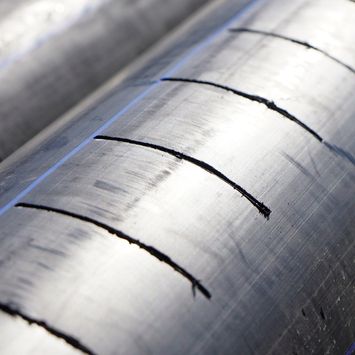Perforated HDPE (high-density polyethylene) pipes are a popular choice for subsurface drainage systems, as they have small holes or perforations that allow water to enter the pipe and be carried away. However, to ensure that these pipes perform optimally in various applications, they must meet specific specifications.
Material Properties
The material used in the manufacturing of perforated HDPE pipes should conform to specific material properties. These properties include density, melt flow rate, and carbon black content. The density of the HDPE should be between 0.940 and 0.965 g/cm3, while the melt flow rate should be between 0.2 and 1.5 g/10 min. The carbon black content should be between 2.5% and 3.5%.
Pipe Dimensions
Perforated HDPE pipes come in various sizes, with the most common being 4 inches to 36 inches in diameter. The pipe wall thickness should be specified based on the pipe’s intended use and application. In addition, the perforations on the pipe should have a specific size, spacing, and pattern. The hole size should be between 1/8 inch and 1/2 inch, and the spacing should be between 4 inches and 24 inches. The hole pattern can be customized based on the application requirements.
Perforation Type
There are two primary types of perforations used in HDPE pipes: round and elongated. Round perforations are the most common and are typically used for subsurface drainage systems. Elongated perforations are used for applications that require higher flow rates, such as mining and oil extraction.
Testing and Certification
Perforated HDPE pipes should undergo various tests to ensure they meet the specified requirements. The tests include hydrostatic pressure testing, tensile testing, and impact testing.
Installation Requirements
The installation of perforated HDPE pipes should follow specific guidelines to ensure proper performance. The pipes should be installed with the perforations facing down, and the trenches should be adequately backfilled to prevent pipe deformation. In addition, the pipes should be installed with a slope that allows for proper drainage.
Perforated HDPE pipes are an excellent solution for subsurface drainage systems. To ensure that these pipes perform optimally, they must meet specific specifications. These specifications include material properties, pipe dimensions, perforation type, testing and certification, and installation requirements. If you’re considering using perforated HDPE pipes for your project, consult with a professional to ensure that you choose the right specification for your needs.

